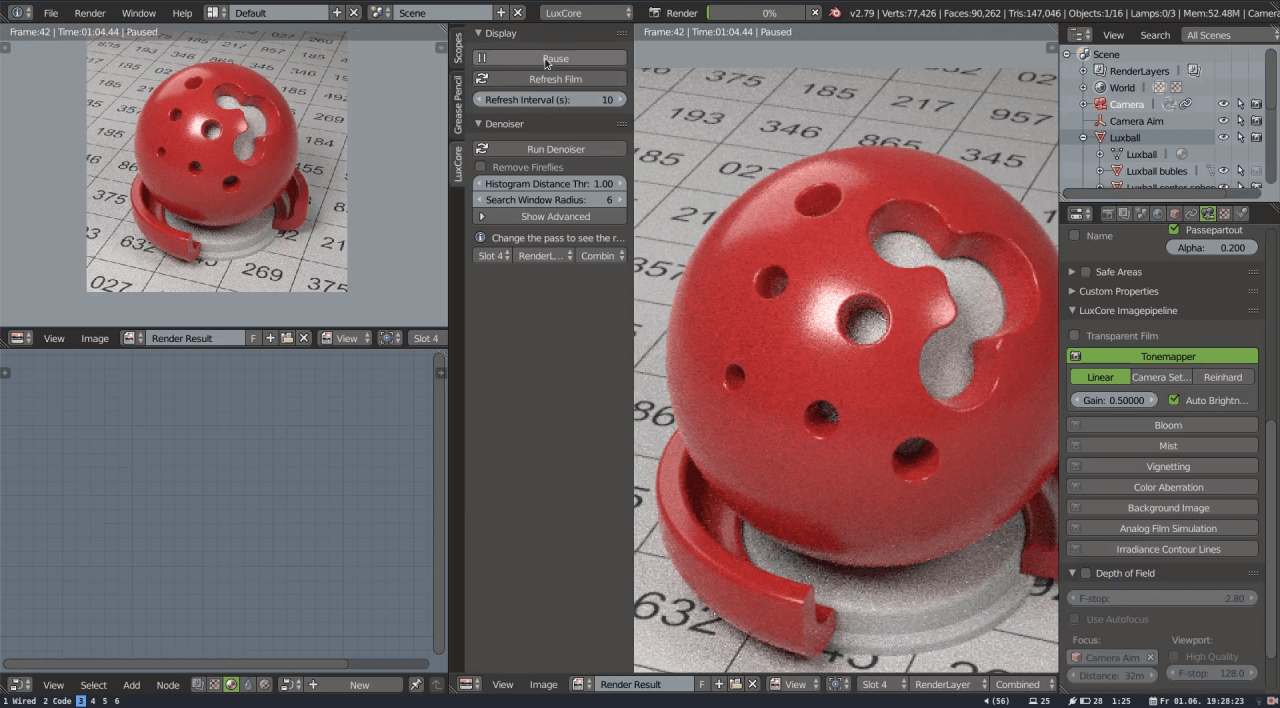
- #LUXCORERENDER EMBEREE3.DLL MAC OS#
- #LUXCORERENDER EMBEREE3.DLL UPDATE#
- #LUXCORERENDER EMBEREE3.DLL FREE#
#LUXCORERENDER EMBEREE3.DLL UPDATE#

The "Core" between "Lux" and "Render" is there to highlight the new project focus. All active developers had the strong feeling a fresh start was required. It offers all the features shown by SLG (SmallLuxGPU), including a dynamic camera, texture, material, and object editing, and more.īecause LuxRender project was dying under the weight of a lot of old abandoned code. LuxCore is the name of the new C++/Python API. The old C API suffered from many limitations when it came to modern features like dynamic scene editing and interactive rendering, so it was decided to write a completely new API instead of improving the old one. The plan for LuxRender 2.0 was defined during the 2013 summer and one of the major components is a new engine based on the C++ and Python APIs. This was the first release that is considered to be usable for the general public. On 24 June 2008, the first official release was announced, version 0.5. Since its initial stage, the program has attracted a small handful of various programmers around the world. The new program was named LuxRender and was to focus on artistic use. With the blessings of the original authors, a small group of programmers took this step in September 2007. As PBRT is licensed under the BSD License, it was possible to start a new program based on PBRT's source code. Although very capable and well-structured, PBRT focuses on academic use and was not easily usable by digital artists. LuxRender was based on PBRT, a physically based ray-tracing program. LuxCoreRender originally started as LuxRender in 2008. A significant feature of LuxCoreRender is that the user is able to change the balance of different lights while the image is still being processed. Various tweaks to post processing settings can be set via graphical user interface and the scene control file. After opening the exported file, LuxCoreRender renders the scene. For LuxCoreRender, Blender is supported through the BlendLuxCore plugin.

Luxrender is also fully supported as a production renderer in 3DS Max. For Luxrender, fully functional exporters are available for Blender, Daz Studio partially functional ones are available for Cinema 4D, Maya, SketchUp and XSI. This content can then be exported from the application for rendering. LuxCoreRender features a 3D renderer it relies on other programs ( 3D modeling programs) to create the scenes to render, including the models, materials, lights and cameras.
#LUXCORERENDER EMBEREE3.DLL MAC OS#
The LuxCoreRender software runs on Linux, Mac OS X, and Windows.

It began as LuxRender in 2008 before changing its name to LuxCoreRender in 2017 as part of a project reboot.
#LUXCORERENDER EMBEREE3.DLL FREE#
LuxCoreRender is a free and open-source physically based rendering software.


 0 kommentar(er)
0 kommentar(er)
